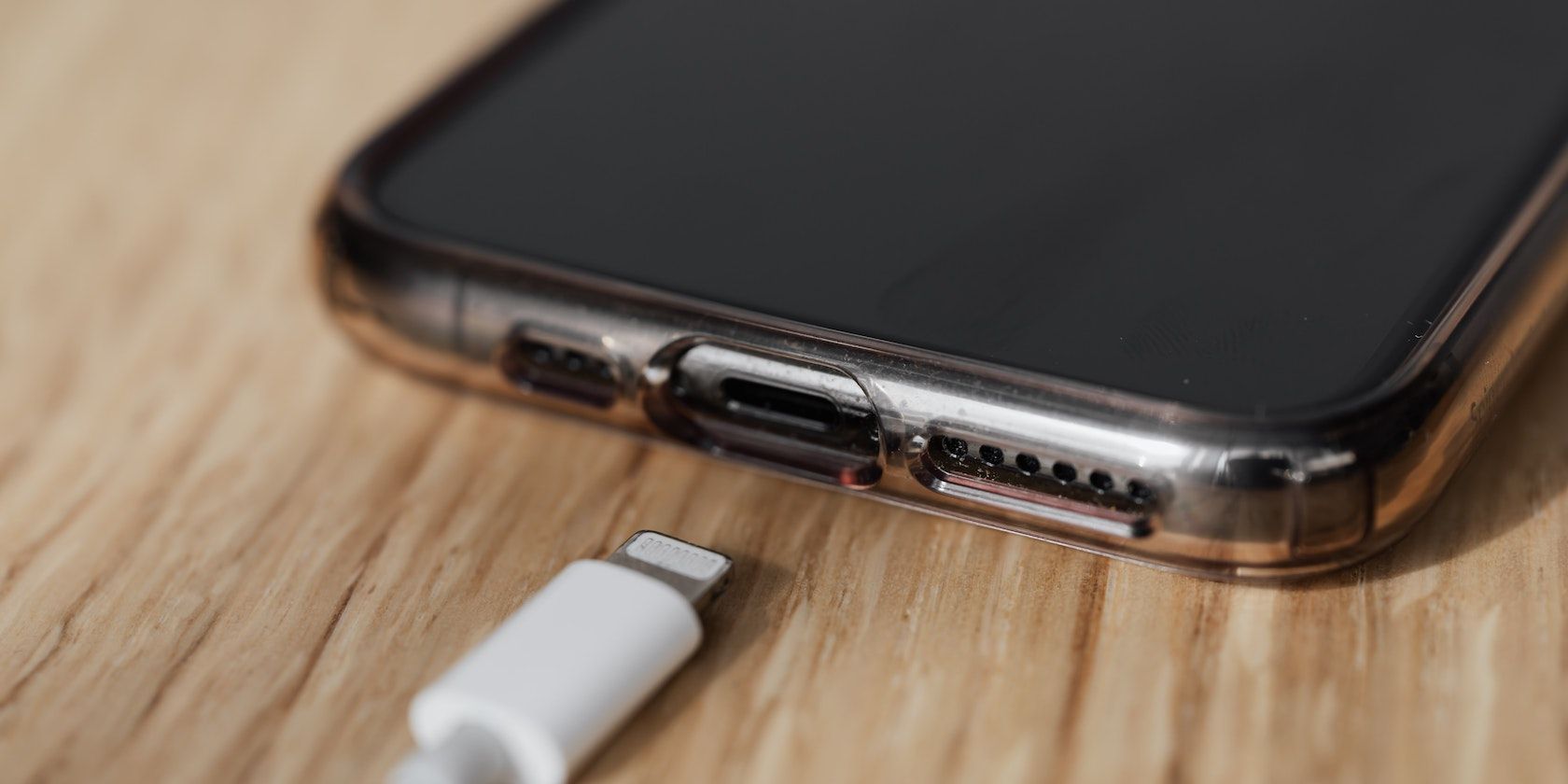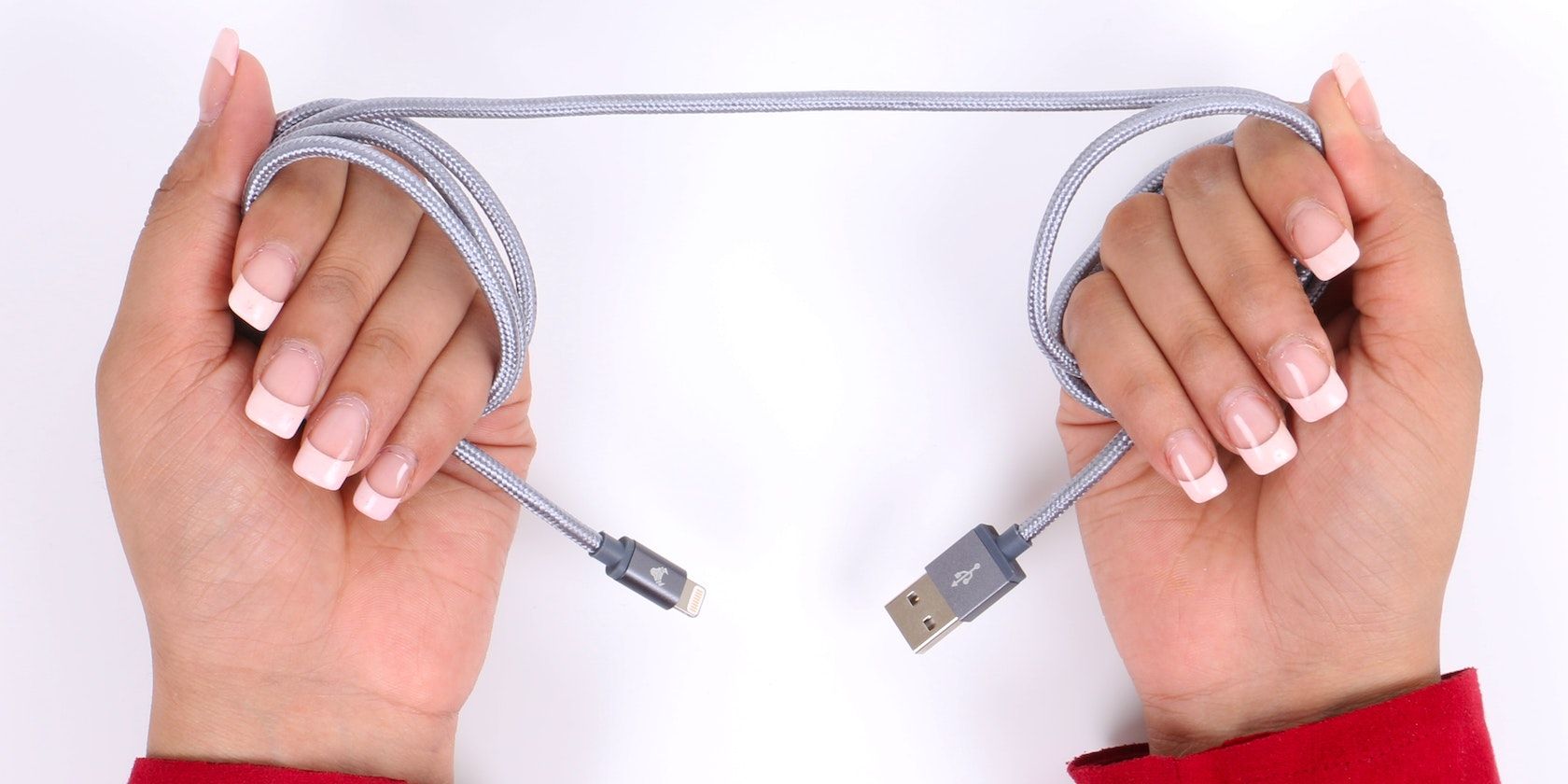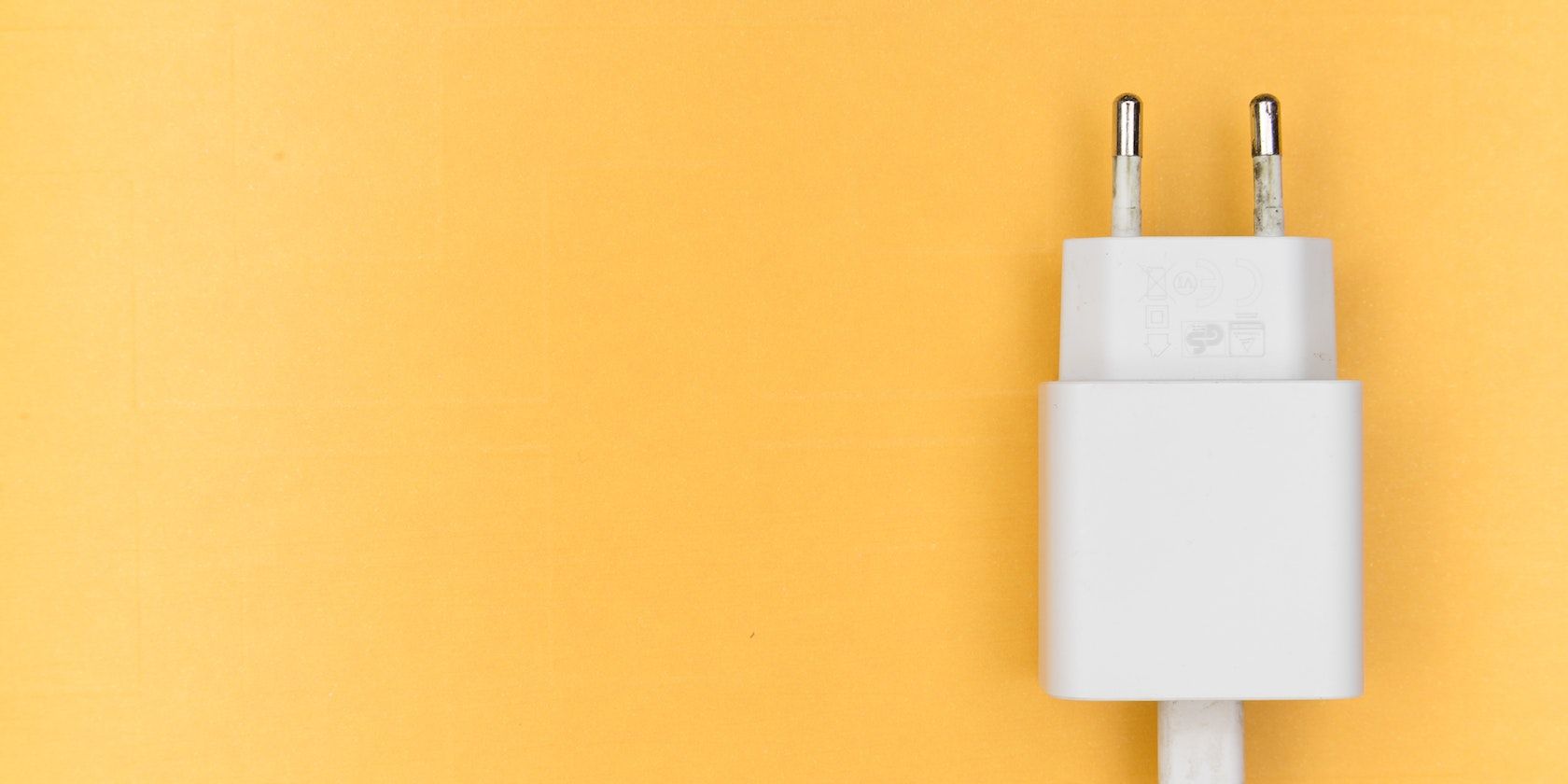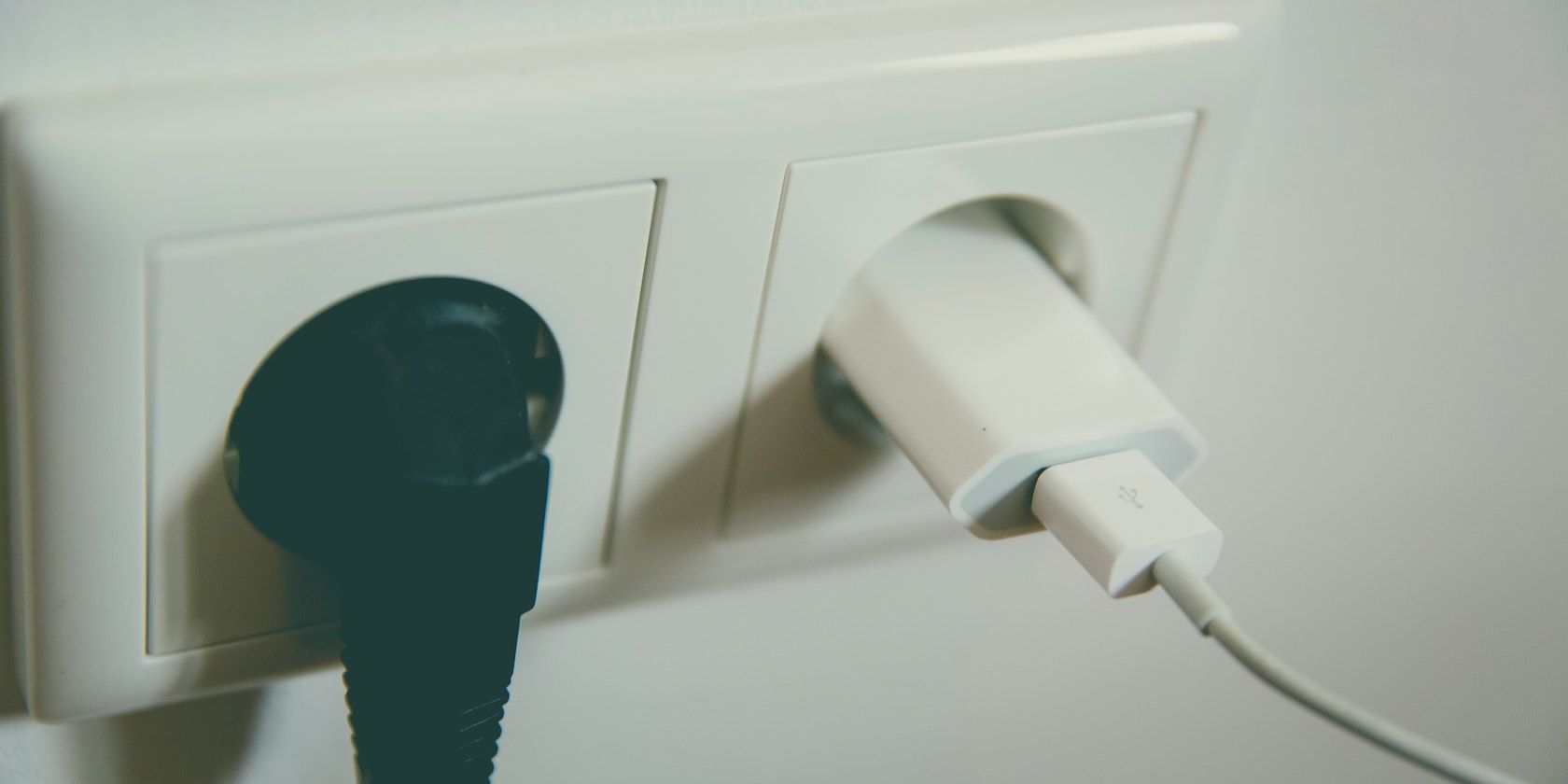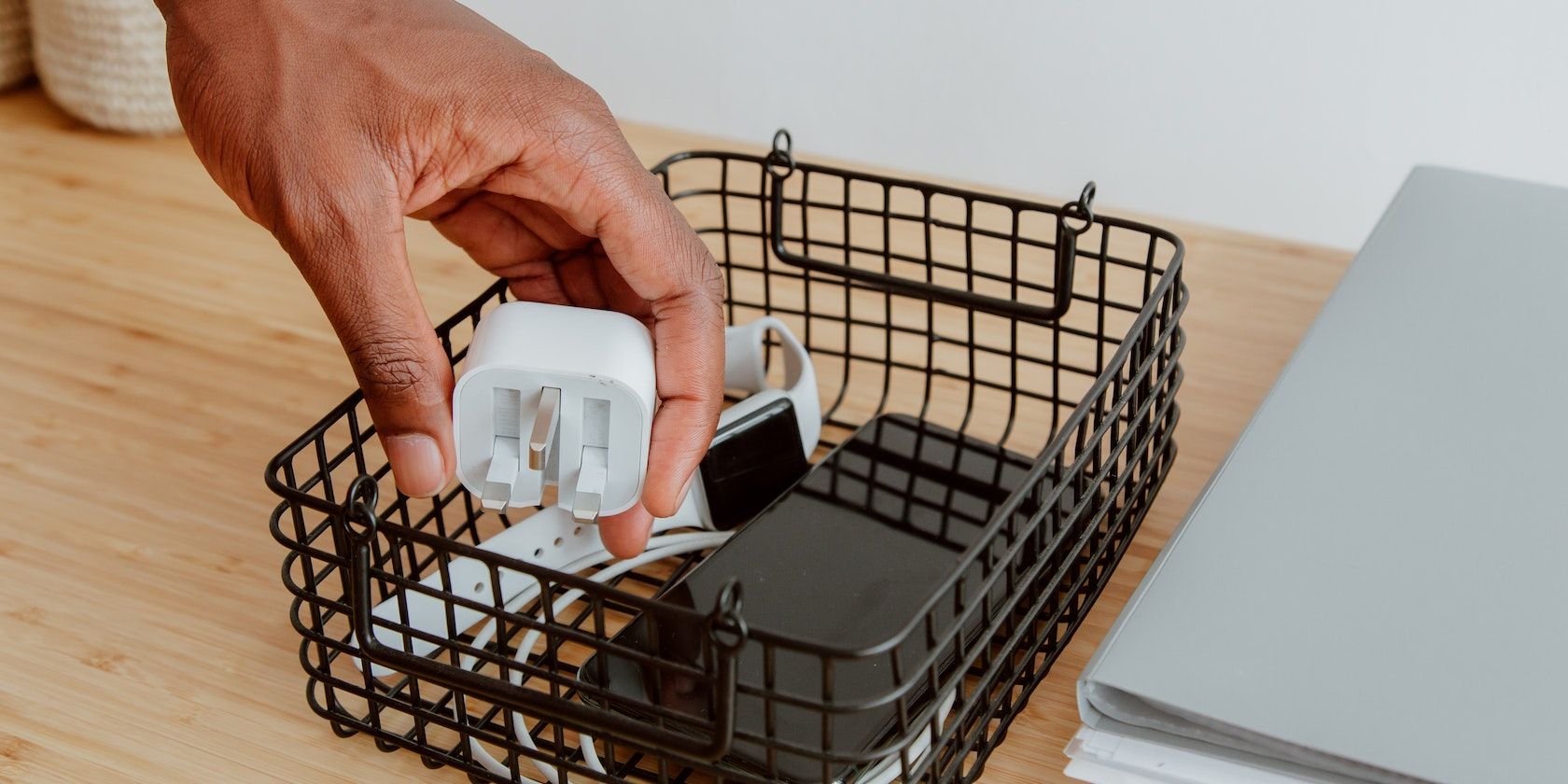Purchasing an iPhone is euphoric for a lot of gadget owners. Unfortunately, in most cases, that initial thrill evaporates in no time due to repeatedly damaged charging cords. Countless Lightning cables last only a few months, and always changing your charging cord is inconvenient, not to mention expensive.
However, nothing goes bad without reason, so why do numerous iPhone charging cords behave similarly? You'd be surprised to learn that some habits you've overlooked are directly responsible for your faulty Lightning cable. So, keep reading to see these habits and how you can increase your cable's durability.
Why Your iPhone Lightning Cable Doesn't Last
Like all gadgets and accessories, Lightning cables malfunction from internal and external causes. Additionally, the faults could result from either the manufacturer's end or yours. Here, we'll see the major reasons your Lightning cable never lasts and the destructive charging cord habits to quit.
1. Strain on Lightning Cable
Unlike most Android USB cables, the iPhone's Lightning cables are fragile. Because of its frailness, applying too much pressure or rough handling of your charging cord can cause the internal wires to break. Sadly, fractured internal wires condemn your Lightning cable.
You may think you don't handle your charging cord roughly. Yet, little habits (like using your phone when charging) can lead to undue bending at the connector. Also, you may be guilty of tugging your charging cord from the cable when unplugging it.
While these actions may not have immediate consequences, they chip at the internal wires. Eventually, the wires will succumb to the accumulated strain and give out.
2. Damage From Exposure to Liquids
It's common knowledge that electronics and liquids don't mix; this rule also applies to your Lightning cable. Although charging your phone while eating or drinking can appear tempting, it leaves your charging cord susceptible to liquid damage.
Charging cables are always insulated, but constant spills can degrade their external covering causing corrosion and damaging the internal wires. Moreover, exposing your Lightning cable to spills puts the connector at risk of rusting and damaging the Lightning port.
3. Bad USB Adapter
Typically, problems with chargers arise from the cable rather than the adapter. Still, the adapter may sometimes develop issues that can negatively affect your Lightning cable.
Also, when choosing an adapter for your iPhone, note that using the wrong adapter with your iPhone can generate heat. If your adapter overheats or has contact issues, it may, in turn, damage your charging cord.
4. Poor Quality Lightning Cable
Low-quality, cheap design is another solid reason most iPhone charging cords break down. For durability, buy Lightning cables that are Apple MFi-certified. Yes, these cables don't come cheap, but opting for a lower-grade Lightning cable will inevitably cost you in the long run.
One such specification is a reinforced connector. Connectors without reinforcements stop working faster as they yield more readily to bending and strain. Also, your Lightning cable won't last long if the outer material isn't sturdy; the inner wires will be more easily exposed.
5. Aging
Nothing lasts forever, and this includes Lightning cables. With age, the materials used in their production will degrade and lose their potency.
In other words, your connector may get dirty, rusty, or scuffed with time, making it loose in the port. Furthermore, the external covering may weaken, and the internal wires will be more likely to yield to strain and tension. Sure, the material's quality will preserve it for some time, but in the end, your Lightning cable will become less efficient.
How to Make Your iPhone Lightning Cable Last Longer
Above, we've extensively reviewed the primary reasons your iPhone's Lightning cable doesn't last, most of which are everyday habits. Repeatedly spending on new charging cords isn't economical, and anyone would wonder how to prevent these harmful everyday situations.
Actions that ruin your Lightning cable aren't far-fetched; thankfully, neither are the preventive measures. Taking the necessary steps will enhance the longevity of your Lightning cable, and we'll look at some of them below.
1. Avoid Coiling Your Lightning Cable Tightly
Folding your iPhone charging cord into a tight coil is handy when you need to squeeze it into a corner. However, this tightness exerts pressure on the Lighting cable, meaning it could cause some strain on its internal wires.
Instead, fold your charging cord in a loose loop if need be, or better yet, let it hang down in a straight, neutral position. This way, there'll be minimal bending and fraying on the inside.
2. Be Gentle When Charging and Unplugging Your iPhone
Harshly unplugging your phone by yanking out the charging cord while holding the cable is another common way you could cause strain. The junctions between the cable and the connectors are the most common fraying point on the internal wires. Thus, dragging your charging cord will certainly result in fractures.
Alternatively, unplug your iPhone carefully by holding the connector and gently separating it from the Lightning port. This also applies when removing the USB end of your charging cord from the adapter.
3. Buy Reinforced Lightning Cables
There are countless iPhone charging cords today, ranging from MFi-certified and braided cables to cheap generic ones. Irrespective of the price attached, buy the best Lightning cables that meet standard requirements and have the MFi stamp.
As previously mentioned, charging cords with reinforced connectors will give you more value and durability. Also, look for specifications like the strength of the outer covering, internal wire reinforcements, bending tests, and other personal requirements.
4. Protect Your Lightning Cable Ends With a Spring
Nothing beats the high-grade connector reinforcements on a quality cable. But, if you already have a cable without reinforcement, you can support its ends with DIY and zero expenses.
To do this, remove two springs from any ballpoint pens, then gently wrap them tightly around both ends of your Lightning cable. The springs protect it from bending and subsequent fraying at the junctions.
Springs are an excellent way to fix your Lightning cable ends even when they're already showing signs of wear. Optionally, you can choose to buy commercial cable protectors or a paracord.
5. Store Your Lightning Cable in a Case
Protective cases aren't for your phones alone. For optimum safety, store all your iPhone accessories (including your cable) in a case when not in use.
Buying a case for your charging cord sounds like an unnecessary expense. Regardless, it guards your Lightning cable against bends and twists that may occur when it's left lying around. In addition, a protective case shields it from liquids and harmful conditions.
Get the Best Out of Your Lightning Cables
Apple's iPhones and accompanying accessories don't come cheap, so make deliberate efforts to make your Lightning cable last for you. These added preventive measures are the secret to long-lasting charging cords.
Well-kept charging cords will get the job done, but if you want a phenomenal charging experience, take things up a notch with wireless charging.

